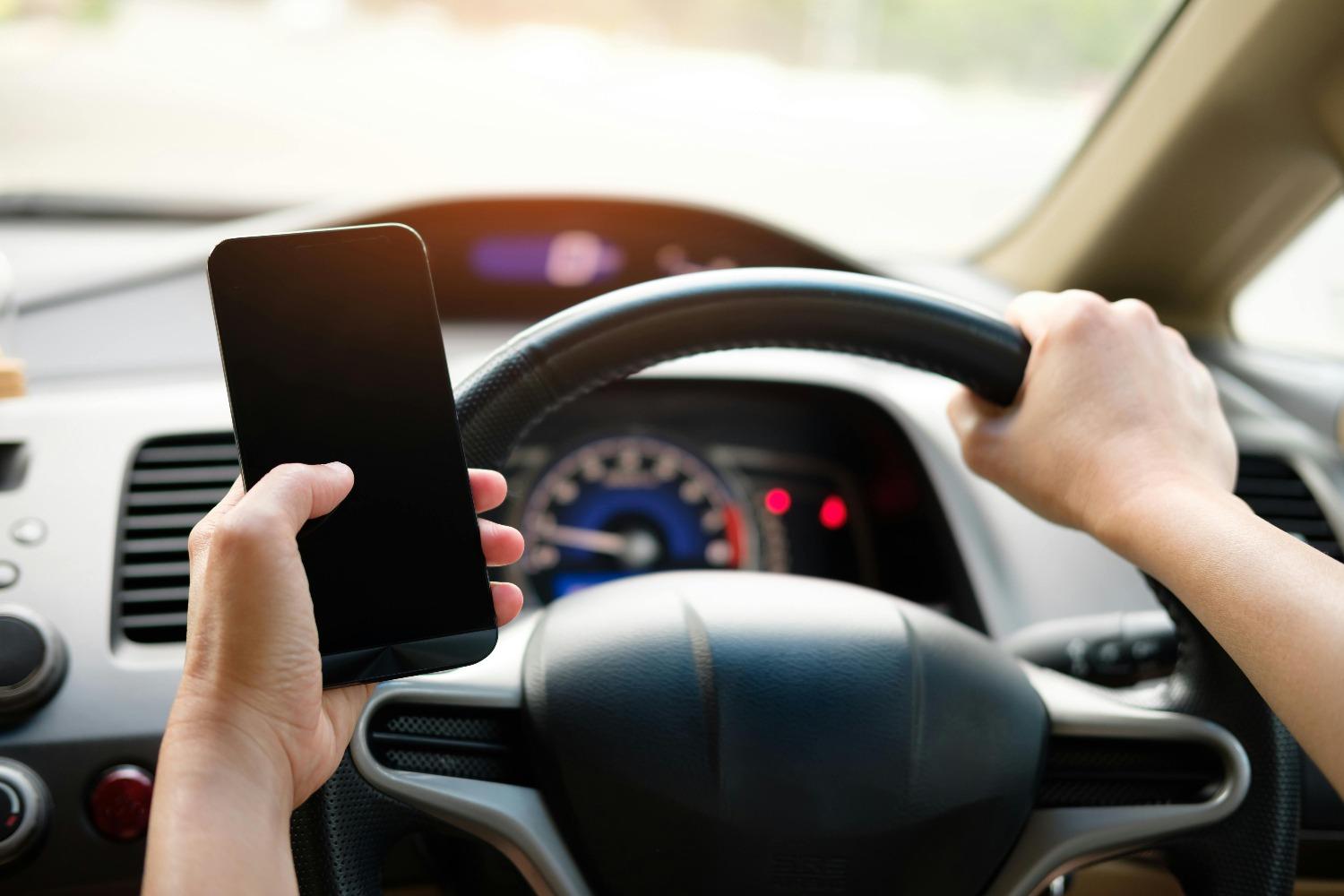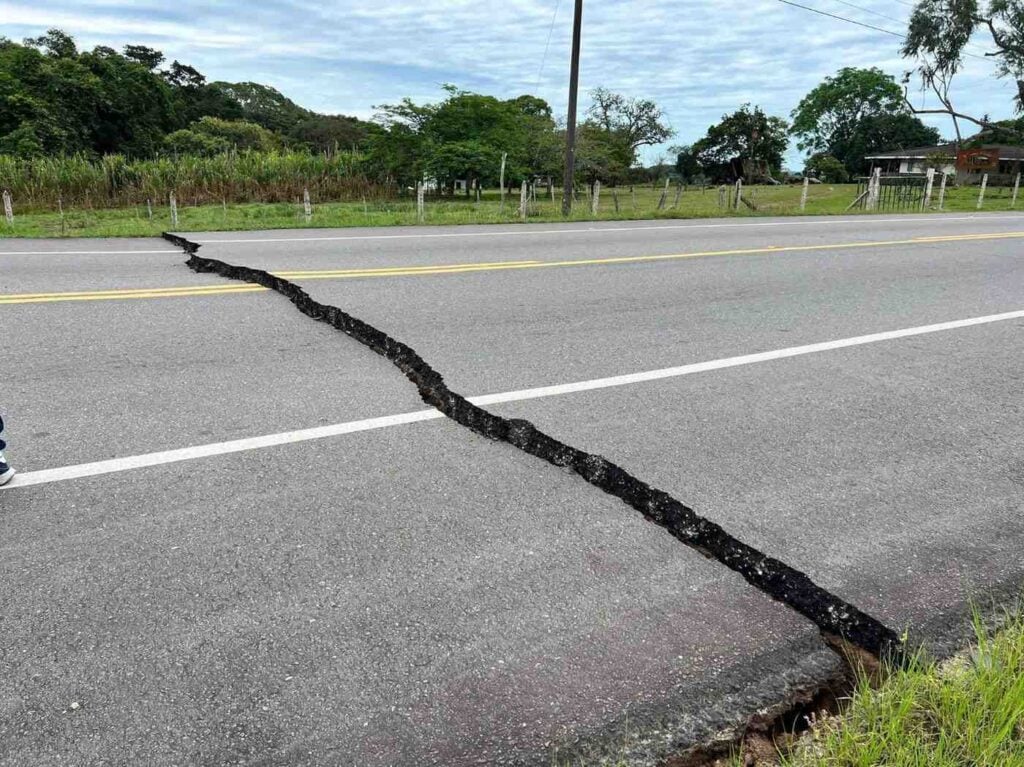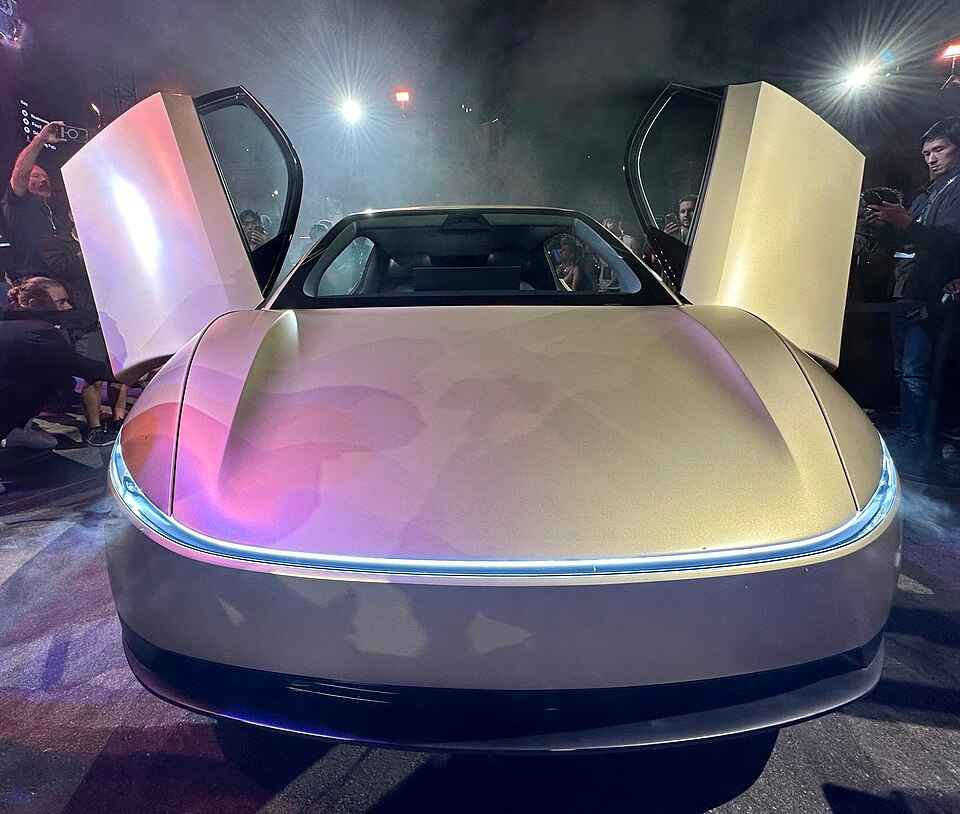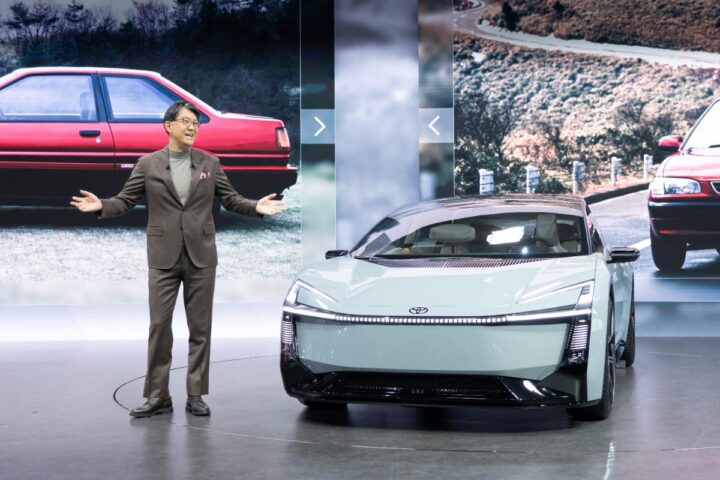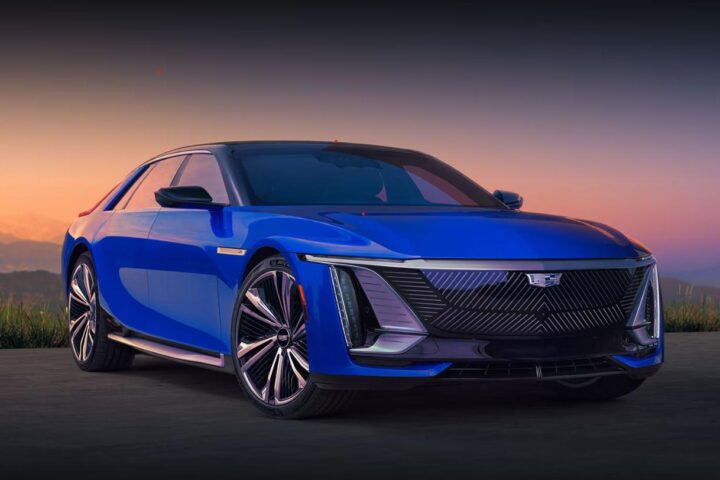A California appeals court has ruled that simply holding a cell phone while looking at navigation apps is now illegal. This applies even if drivers aren’t tapping or swiping the screen. The decision makes California’s distracted driving laws much stricter than before.
The court in San Jose decided that just holding a powered-on phone while viewing a map counts as “operating” it under California law. This overturns an earlier ruling that required drivers to be actively using or manipulating the phone to break the law.
“Allowing a driver to hold a phone and view a mapping application would be contrary to the Legislature’s intent,” the court stated.
The case started when Nathaniel Gabriel Porter was ticketed after an officer saw him holding his phone while looking at a map app. Porter fought the $158 fine and initially won when a Santa Clara County court ruled that “merely observing GPS directions on the phone” wasn’t enough to trigger an infraction.
The appeals court disagreed and reversed this decision, making the fine stand again. This ruling could set the standard across California unless the state Supreme Court says otherwise.
Santa Clara County District Attorney Jeff Rosen put it simply: “Keep your hands on the wheel and your eyes on the road.”
California first banned handheld phone use while driving in 2008, adding a texting ban in 2009. In 2016, lawmakers expanded these rules through Assembly Bill 1785. This change banned “operating” a cell phone “for any purpose” while driving – including using maps, playing games, browsing music, and watching videos.
Similar Posts
The law changed because phones had evolved into small computers, and the old laws only covered talking and texting. Now, California drivers must keep their phones mounted on the windshield or dashboard. They can only touch mounted devices once with a single tap or swipe.
This ruling makes practical sense for road safety. When drivers hold phones, they take at least one hand off the wheel and split their attention between the road and screen. Even glancing down for a few seconds at highway speeds means traveling hundreds of feet essentially blindfolded.
In 2022, distracted driving killed 148 people in California and 3,308 nationwide. These numbers show why officials take this issue seriously.
The court recognized that driving distractions come in different forms: visual (eyes off road), manual (hands off wheel), and mental (mind off driving). Holding a phone for navigation creates all three problems at once.

This ruling will likely lead to more tickets and fines for many California drivers who routinely hold their phones for directions. The safest approach is to set up navigation before starting the car and use a proper phone mount if directions need checking while moving. Voice navigation offers another legal alternative.
Porter, who represented himself in court, hasn’t decided yet if he’ll appeal to the California Supreme Court. If he does, the final decision could affect millions of California drivers and potentially influence similar laws in other states.
